Optimising your On-Page SEO doesn’t have to be problematic or time consuming, but without knowing the fundamentals, it can be difficult to understand why your content is underperforming.
Thankfully there are number of methods we can use when approaching on-page. Check out these 9 easy elements to remember when optimising your site for Organic Search:
- Short & Sweet URLs (with target keyword)
- Use target keyword & at least 5 related terms
- Find SERP Snippet questions & Money terms $
- Longer content (Up to 10,000 Words)
- Numbers & [Brackets] increase CTR
- Create strong meta descriptions
- Use external links
- Build Internal links
- Create multimedia to boost engagement metrics
1. Short & Sweet URLs (with target keyword)
Short URLs including your target keyword is the most helpful way to tell Google who you are, and what you’re trying to appear for. Not only does this allow Google to find the quickest routes to crawl the web, but you’re also creating a user-friendly URL environment for your traffic, and a better structure for web crawlers.
Don’t forget to include your most important top-level keyword in the URL.
Example: https://www.domain.co.uk/main-keyword
2. Use Target Keyword & At Least 5 Related Terms
In addition to using your main keyword, you should also try to include 5 or 6 additional keywords that are related to your product or service.
These could be phrase match, related terms, or long-tail keywords that your users are searching for. All these phrases can be added to your content in assisting Google in understanding how your pages relate to these queries.
For example, if your main term is “Airpods” then you could find related terms, or long-tail keywords which you are more likely to rank for in Google due to their unique search intent.
| Type | Keyword | Volume |
|---|---|---|
| Related Terms (AirPods) | apple airpods | 201,000 |
| airpods apple | 8,100 | |
| airpods case | 5,400 | |
| new airpods | 4,400 | |
| apple wireless airpods | 1,600 | |
| airpods uk | 1,600 |
If you’re slowly starting to appear for these top-level terms, it’s plausible that you’re going to appear for other closely related terms, so it’s best to use these in your content to give your page the best possible opportunity to rise above the competition.
This is why it’s so important to find longer-tail keywords to use for your content, rather than depending on the main session drivers.
| Type | Keyword | Volume |
|---|---|---|
| Long Tail Keywords(Charging Case) | apple airpods with wireless charging case | 260 |
| apple airpods with wireless charging case latest model | 70 | |
| airpods second generation with charging case | 40 | |
| apple airpods with charging case stand and accessories | 10 | |
| airpods wireless charging case and charging case | 10 | |
| airpods with wireless charging case uk | 10 |
Although longer-tail keywords have much less search volume, we can clearly see that the user intent is more specific. The user will generally be further down the conversion cycle, so the conversion rate naturally increases. Longer tail keywords are an easy method when you’re trying to target customers who know exactly what they’re looking for.
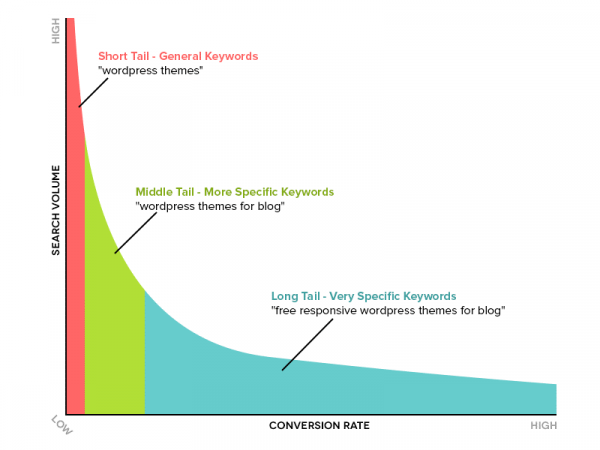
3. Find SERP Snippet Questions & Money Terms $
One of the most recent Google SERP Features includes Rich Snippets, and they hold some of the most valuable keywords you could find. Not only do they include your target keyword, but they’re actual questions being asked by your users.
Instead of having a traditional organic listing, Google prioritises these questions and gives the website with the best answer a top spot in the results, also known as “Position 0”. Giving your Content, URL, Image & Title Tag full visibility over any other search result.
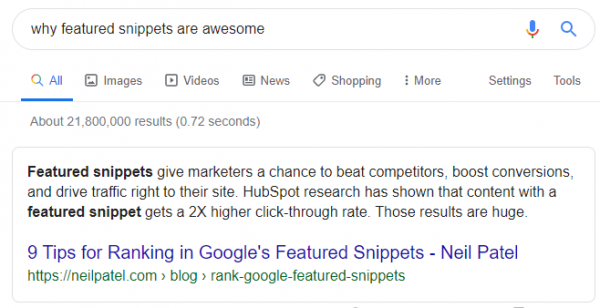
Not only do they answer and serve these questions in rich styled content on Google, but they’re also keywords that are naturally increasing in search volume every year. This is due to the growing popularity of Google Assistant, so it’s certainly something to keep in mind for the future.
By appearing in Google SERP Snippets, you might also have a chance of ranking in the “People also ask” section. This is where users are able to expand questions related to their search query.
When optimising for these answer boxes, you can start to modify your existing content, by adding answers to relevant questions at the end of your webpage, or by creating an FAQ section for your website.
This highlights a great opportunity to answer questions people may be asking around your product or service. You’re now finding solutions to real world problems – and you just cant get any more targeted than that.
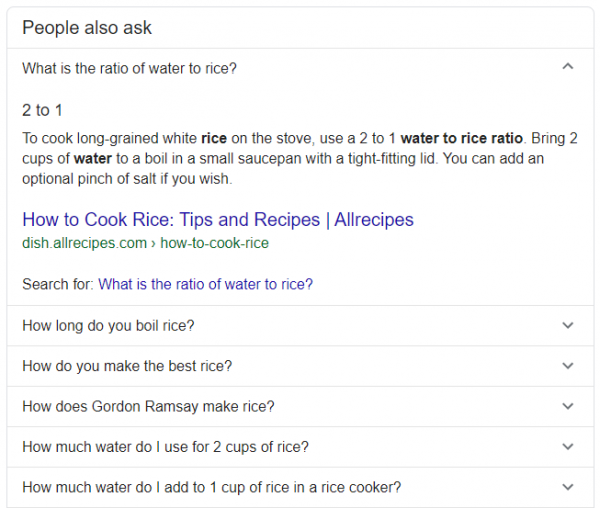
As well as SERP Snippet Questions, it’s also wise to see if there are any money terms $ in your keyword research.
These keywords will be high-converting as they allow us to catch users towards the end of their conversion journey. At this stage it’s fairly obvious that these users are ready to buy, so we can direct them straight to the product.
| Area | Keyword | Volume |
|---|---|---|
| Buy airpods | buy airpods | 1,600 |
| buy apple airpods | 1,000 | |
| buy airpods uk | 210 | |
| airpods buy now pay later | 170 | |
| buy new airpods | 90 | |
| buy apple wireless airpods | 70 |
User intent funnels are a great way to understand where a user is at any point in their customer journey and will help you in understanding when they are ready to make a purchase.
This information will likely come into play when you’re trying to figure out how to structure your content. By using more informational content in your blog posts, and more Commercial Keywords as you edge closer towards to a transaction.
When you’re adding new keywords to your research, or sorting through your existing keywords, funnels allow you to separate them into categorical lists, including; Informational, Navigational, Commercial & Transactional.

4. Longer Content (Up to 10,000 Words)
There are many studies online that suggest longer content performs better in Google, compared to quick, disposable content. My theory is don’t hold back – the more information you can provide on a particular topic, the more effective your content will be.
The more depth you can create, the more likely people are to engage, revisit, and even share your content across other social channels. This will also help to improve engagement metrics such as; Average session duration, clicks, average time on page, bounce rate, exit rate & returning users.
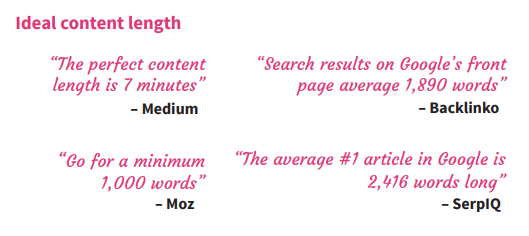
As you can see, there are many opinions regarding content length. An interesting study by SERP IQ suggested that longer content performs better in the top 10 results on Google. By working out the average content length of each organic position, they were able to see how pages with 2000+ words (or higher) regularly hit page 1.
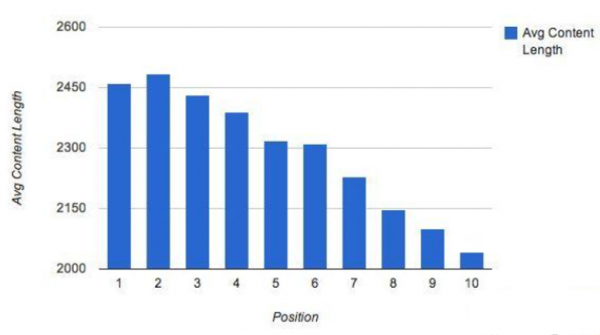
They also found that content with a higher word count had an increase in shares across social channels, including; Facebook, Pinterest, LinkedIn and Twitter.
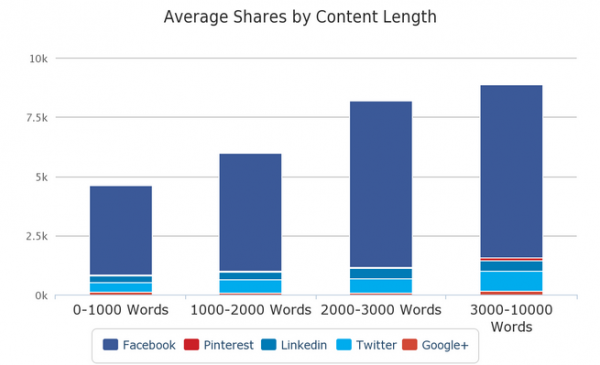
It’s safe to say that longer, more informative content will perform better in Google.
5. Numbers & [Brackets] Increase CTR
Click through rate (CTR) is a signal Google uses to estimate how often a website is visited, and when it comes to optimising Title Tags in particular, an easy method of increasing CTR is to use Numbers.
When we browse the web, numbers seem to stand out to us more than generic title tags, and odd numbers stand out more than even. In addition to this, brackets hold the same value.
Simply adding a parenthesis to the title tag is a great way to show users exactly what content will be delivered to them before they click.
For example, using: [Photos], [Interview], [Blog], [Video], [PDF] or [Guide] into your Title Tags might help to entice the click further.
6. Create Strong, Bold Meta Descriptions
Although meta descriptions aren’t directly correlated into Google’s ranking factors, they still have a unique part to play in the search results. It’s literally your first point of contact with the user, so we have to make it count.
Personally, I find that creating strong and engaging meta descriptions can help you stand out amongst your competitors – to do this you need to thread your target keywords into your meta description.
For every keyword that a user searches for, and is included in your meta description, Google will automatically assign a strong HTML tag. For example “Digital Marketing Agency” stands out in our meta description:

7. Use External Links
More outbound links on your website will increase your chances of ranking against your competitors who aren’t linking to other resources. An interesting study was conducted by reboot online, where they made up a new keyword that had no search traffic, and no search results in Googles Results Page…
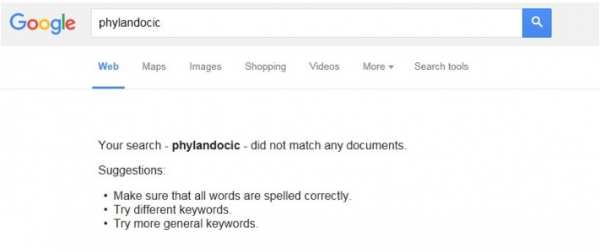
They then created 10 new websites with similar content, all optimised around that new keyword, allowing them to gain the first top 10 positions in Google.
After this, they added 5 outbound links on 5 of the websites which pointed to other relevant resources, and then left no outbound links on the other 5 websites. The sites with outbound links completely outranked the websites without any external domains.
This suggested to us that Google prefers content that links to other relevant content, and will reward you for it. It’s safe to say outbound links are quick and easy.
8. Internal Links
Google loves to crawl the web, so by linking to other relevant content, it will open new pathways for both Users and Web Crawlers. When writing content, try to add more internal links to your content.
This allows you to suggest other relevant content to your readers, and keep them engaged. It will also allow them to browse through your site more quickly, and by using rich anchor text, you’ll also be helping your rankings.
Even though you should always submit a sitemap to Google Search Console, internal links are without a doubt the easiest method of creating a strong link structure throughout your website, and pass link credit into your most valued pages.
Some of the benefits of internal linking:
- Create relevancy between content
- Help Google pass link credit through your website
- Boost Time on Page & Reduce Exit Rates
- Allow users to discover more pages on your website
- Increase Click Through Rate, Goals & Conversions
When we think about internal links, we can split them into 3 categories:
- Header links
- Body links
- Footer links
Header links on a website tend to hold the most value. These are the important pages within your navigation and would typically include top level pages such as, Services, About Us, Careers & even the Contact Us page.
So when writing content, try to link to top level pages within the first 200-300 words of the article. This will help to create a kind of “three tier hierarchy” structure throughout your website.
When you’ve reached the midway point, you can start linking to more mid-level pages that would usually take 2 to 3 clicks to be reached from the homepage.
Finally, once you’ve decided to wrap up your article or landing page, include a footer link at the bottom of your content. This could be a Contact Page, Privacy Policy, Careers Page, or even a Call to action.
By following this interlinking method, you’re creating balance throughout your website, and will really help when it comes to working through your link building campaigns.
9. Create Multimedia & Video to Boost Engagement Metrics
With online attention spans shortening and users consuming “snackable content” like never before, it’s important to include eye-catching multimedia and engaging videos to stop them in their tracks.
In order to lower bounce rate and increase the average time your users are spending on page, you may need to dive into your creative mind-set… Not only does multimedia help with engagement, but it also helps with your SEO efforts and PPC quality score.
For every element you upload, you always try to add in the Meta Data with any keywords you may be targeting. This is an easy way to optimise for keywords without over optimising your pages.
If you’d like to find out how we can assist you in your SEO efforts, or if you have any questions for us, get in touch today!
